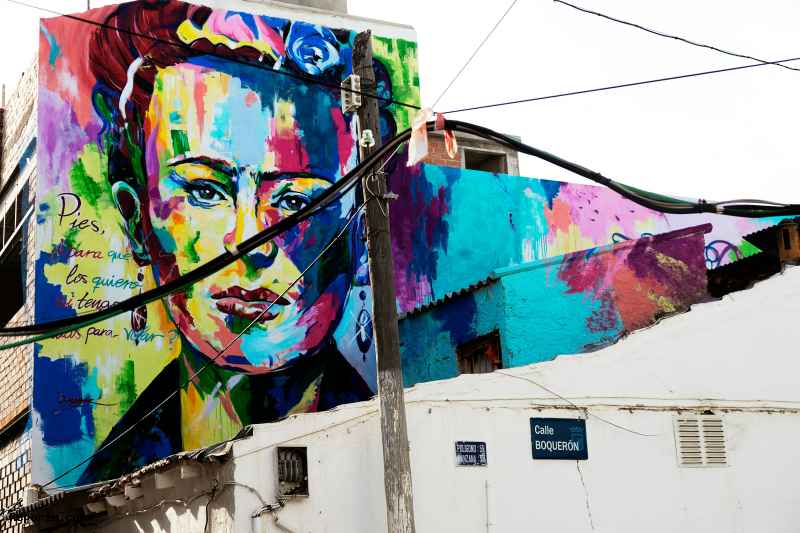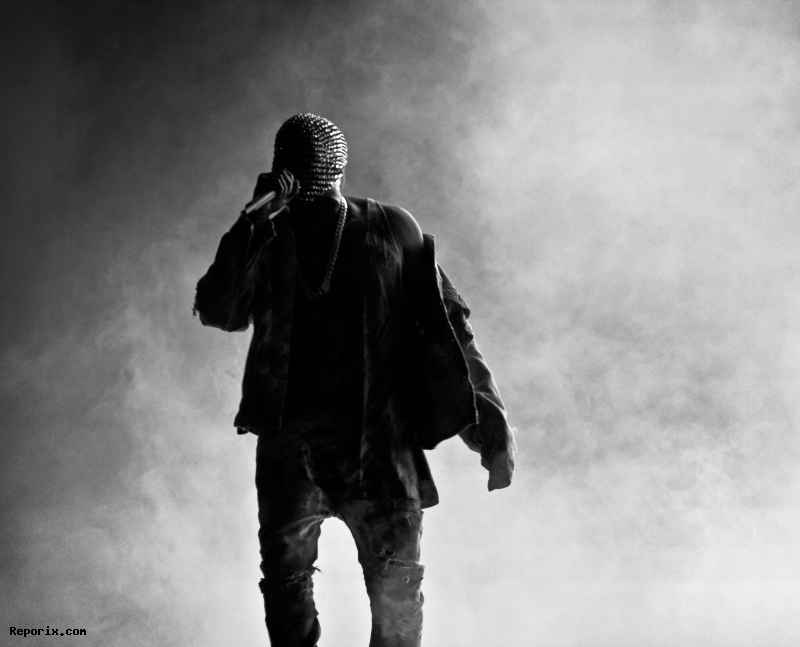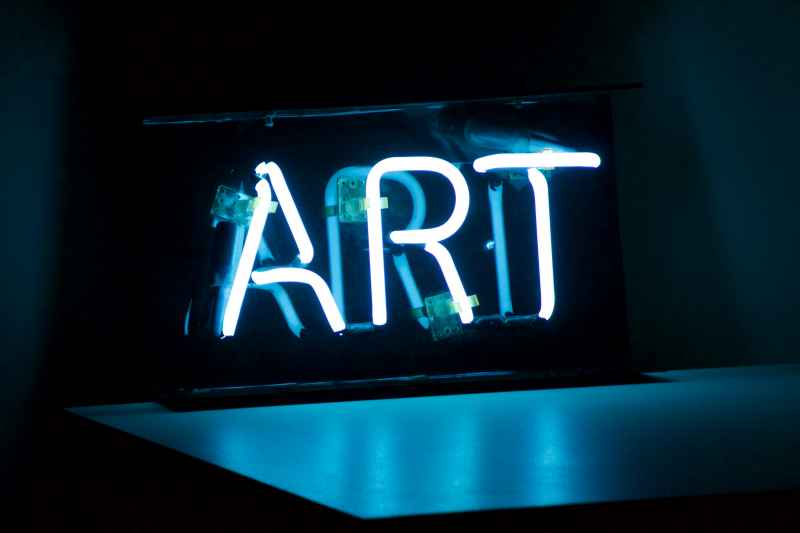Frida Kahlo ist mehr als nur eine berühmte Malerin - sie ist eine Ikone, eine Rebellin, eine Kultfigur. Ihr Gesicht ziert T-Shirts, Taschen und Museen weltweit. Aber hinter diesem durchdringenden Blick, der charakteristischen Unibrow und den lebendigen Blumenkronen verbirgt sich eine Lebensgeschichtepain, passion, and extraordinary resilience. Who was Frida Kahlo, really? And why does she continue to captivate us today?
A Life Marked by Pain—and Color
Born in 1907 in Coyoacán, a neighborhood of Mexico City, Frida grew up in an intellectualand creative environment. Art, literature, and politics surrounded her from an early age. But her life took a tragic turn at 18 when a horrific bus accident left her severely injured. The aftermath: countless surgeries, chronic pain—and a body thatfelt like a prison.
Yet Frida refused to surrender. During long stretches of bedridden recovery, she began to paint—first as a distraction, later as a means of survival. Her works weren’t pretty escapes but raw reflections of her inner world:full of contradictions, emotions, longing, and potent symbolism.
More Than Self-Portraits
Frida painted dozens of self-portraits—not out of vanity, but because she knew herself best. Her art explored vulnerability, identity, womanhood, love,death, and political consciousness. She depicted herself with a thorn necklace, an exposed heart, or a shattered spine—brutally honest, often shocking.
Though labeled a surrealist, Frida insisted:
"I never paint dreams or nightmares. I paint myown reality."
Love and Fire: Diego Rivera
A defining chapter in Frida’s life was her turbulent relationship with muralist Diego Rivera. They married in 1929, forging a bond fueled by passion, infidelity, separation, and reunion. Their marriagewas both a source of inspiration and deep wounds. Yet through it all, they shared an artistic kinship that transcended romance.
Rebel in a Flower Crown
Frida was unapologetically political, leftist, and proud of her Mexican heritage. Sheblended European and indigenous influences in her clothing, art, and thinking—long before "diversity" became a buzzword. Her style was loud, colorful, and defiant—a rejection of norms, conventions, and limitations.
In a world that demanded womenconform, Frida remained radically herself. She openly embraced her bisexuality, wore men’s clothing, wrote with biting wit, and asked uncomfortable questions—of herself, society, and life itself.
Frida’s Legacy
Frida Kahlo died in 1954 at just47. Yet her legacy thrives—not only in museums like her iconic Casa Azul in Coyoacán but in pop culture, feminist movements, and the hearts of millions worldwide. Her paintings endure as symbols of self-determination, courage, and creativefreedom.
Frida taught us that art doesn’t have to be beautiful—it must be true. That vulnerability is its own kind of strength. And that even in pain, one can still shine.




